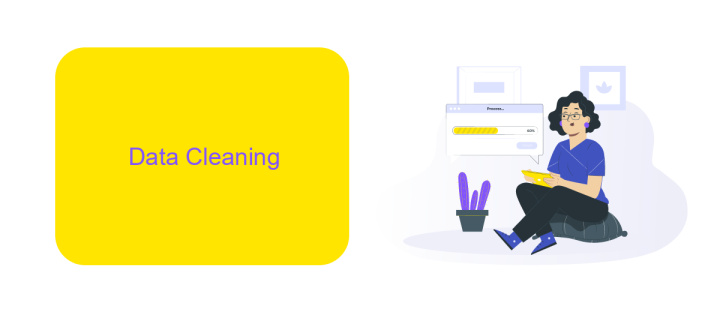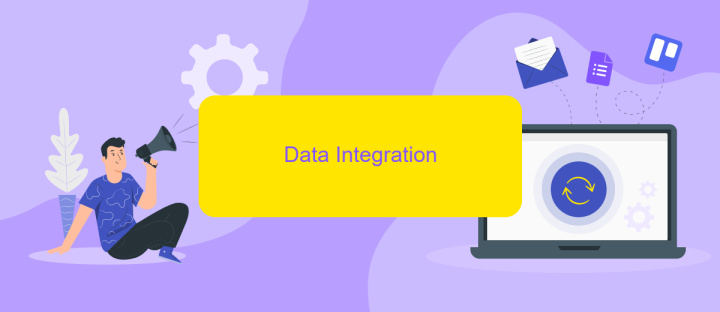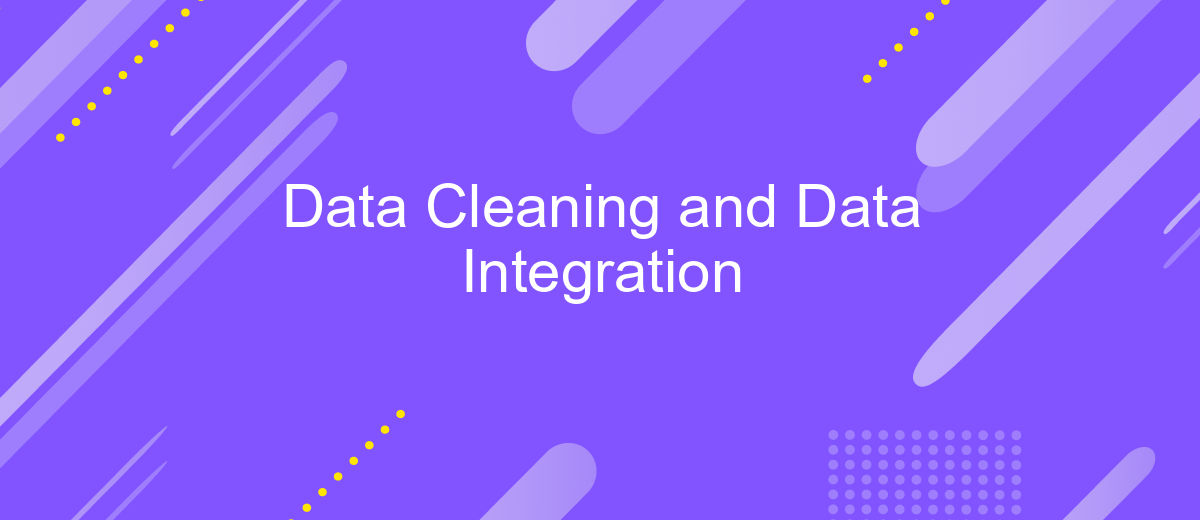Data Cleaning and Data Integration
Data cleaning and data integration are critical processes in the realm of data management. They ensure that data is accurate, consistent, and usable for analysis and decision-making. By removing errors, duplicates, and inconsistencies, and by combining data from various sources, these processes enhance the quality and reliability of the data, ultimately driving more informed business insights and strategies.
Introduction
Data cleaning and data integration are critical processes in data management, ensuring that data is accurate, consistent, and usable. Data cleaning involves identifying and rectifying errors or inconsistencies in datasets, while data integration focuses on combining data from different sources into a coherent dataset. Together, these processes enhance the quality and utility of data, enabling more reliable analysis and decision-making.
- Data Cleaning: Detecting and correcting errors, removing duplicates, and standardizing data formats.
- Data Integration: Merging data from multiple sources, ensuring consistency, and resolving data conflicts.
- Tools and Services: Utilizing platforms like ApiX-Drive to automate and streamline data integration tasks.
Effective data management is essential for organizations to leverage their data assets fully. By employing robust data cleaning and integration strategies, businesses can unlock valuable insights and drive better outcomes. Tools such as ApiX-Drive facilitate seamless data integration, enabling companies to connect various data sources effortlessly and maintain data integrity.
Data Cleaning

Data cleaning is a crucial step in the data preparation process, ensuring that the data used for analysis is accurate, consistent, and reliable. This involves identifying and rectifying errors, removing duplicates, filling in missing values, and standardizing formats. Proper data cleaning helps in minimizing errors and improving the quality of insights derived from data analysis. Techniques such as data profiling, parsing, and validation are commonly used to achieve a high level of data integrity.
One effective way to streamline the data cleaning process is by utilizing automated tools and platforms. For instance, services like ApiX-Drive can automate the integration of various data sources, facilitating the seamless transfer and synchronization of data. By using such tools, organizations can significantly reduce the time and effort required for data cleaning, allowing them to focus more on analysis and decision-making. ApiX-Drive's capabilities in connecting disparate systems ensure that data is consistently updated and maintained, further enhancing the reliability of the cleaned data.
Data Integration

Data integration is a crucial step in ensuring that information from various sources is combined into a cohesive, usable dataset. This process involves merging data from different databases, applications, and systems to provide a unified view. Effective data integration can significantly enhance decision-making and operational efficiency.
- Identify Data Sources: Determine the various sources of data that need to be integrated, such as databases, APIs, and cloud services.
- Choose Integration Tools: Select tools or platforms that facilitate seamless data integration. ApiX-Drive, for instance, offers a user-friendly interface for connecting multiple data sources without extensive coding.
- Data Mapping: Define how data from different sources will be mapped and transformed to ensure consistency and accuracy.
- Implement Integration: Use the chosen tools to implement the integration process, ensuring data flows smoothly between sources.
- Monitor and Maintain: Regularly monitor the integrated data for accuracy and make necessary adjustments to maintain data integrity.
Using a service like ApiX-Drive can simplify the data integration process, allowing organizations to connect various applications and automate data workflows efficiently. This not only saves time but also reduces the risk of errors, ensuring that integrated data is reliable and up-to-date.
Benefits of Data Cleaning and Data Integration

Data cleaning and data integration are essential processes in managing and utilizing data effectively. By ensuring that data is accurate, consistent, and complete, organizations can make more informed decisions and drive better business outcomes. Clean data reduces errors and redundancies, leading to improved efficiency and reliability in data analysis.
Integrating data from various sources allows for a comprehensive view of information, enabling deeper insights and more strategic planning. It helps in breaking down data silos and fosters collaboration across different departments. Moreover, seamless data integration ensures that all systems are synchronized, providing a unified and up-to-date dataset.
- Enhanced decision-making capabilities
- Increased operational efficiency
- Improved data accuracy and consistency
- Better customer insights and personalization
- Streamlined business processes
Utilizing tools like ApiX-Drive can simplify the process of data integration. ApiX-Drive offers automated workflows that connect various applications, ensuring that data flows smoothly between them. This not only saves time but also reduces the risk of manual errors, making data integration more efficient and reliable.
- Automate the work of an online store or landing
- Empower through integration
- Don't spend money on programmers and integrators
- Save time by automating routine tasks
Conclusion
Data cleaning and integration are crucial steps in ensuring the reliability and usability of data within any organization. Effective data cleaning processes remove inaccuracies, inconsistencies, and redundancies, thereby enhancing the quality of the data. This, in turn, facilitates better decision-making and more accurate analytics. Furthermore, data integration amalgamates data from various sources, providing a unified view that is essential for comprehensive analysis and reporting.
Utilizing tools and services like ApiX-Drive can significantly streamline the data integration process. ApiX-Drive enables seamless connectivity between different data sources and applications, automating the data flow and reducing the manual effort involved. By leveraging such services, organizations can ensure that their data is not only clean but also integrated efficiently, leading to more robust and actionable insights. In conclusion, investing in proper data cleaning and integration techniques is vital for maximizing the potential of data-driven strategies.
FAQ
What is data cleaning and why is it important?
What are some common techniques used in data cleaning?
What is data integration and how does it differ from data cleaning?
How can I automate data cleaning and integration processes?
What challenges might I face during data integration?
Do you want to achieve your goals in business, career and life faster and better? Do it with ApiX-Drive – a tool that will remove a significant part of the routine from workflows and free up additional time to achieve your goals. Test the capabilities of Apix-Drive for free – see for yourself the effectiveness of the tool.


